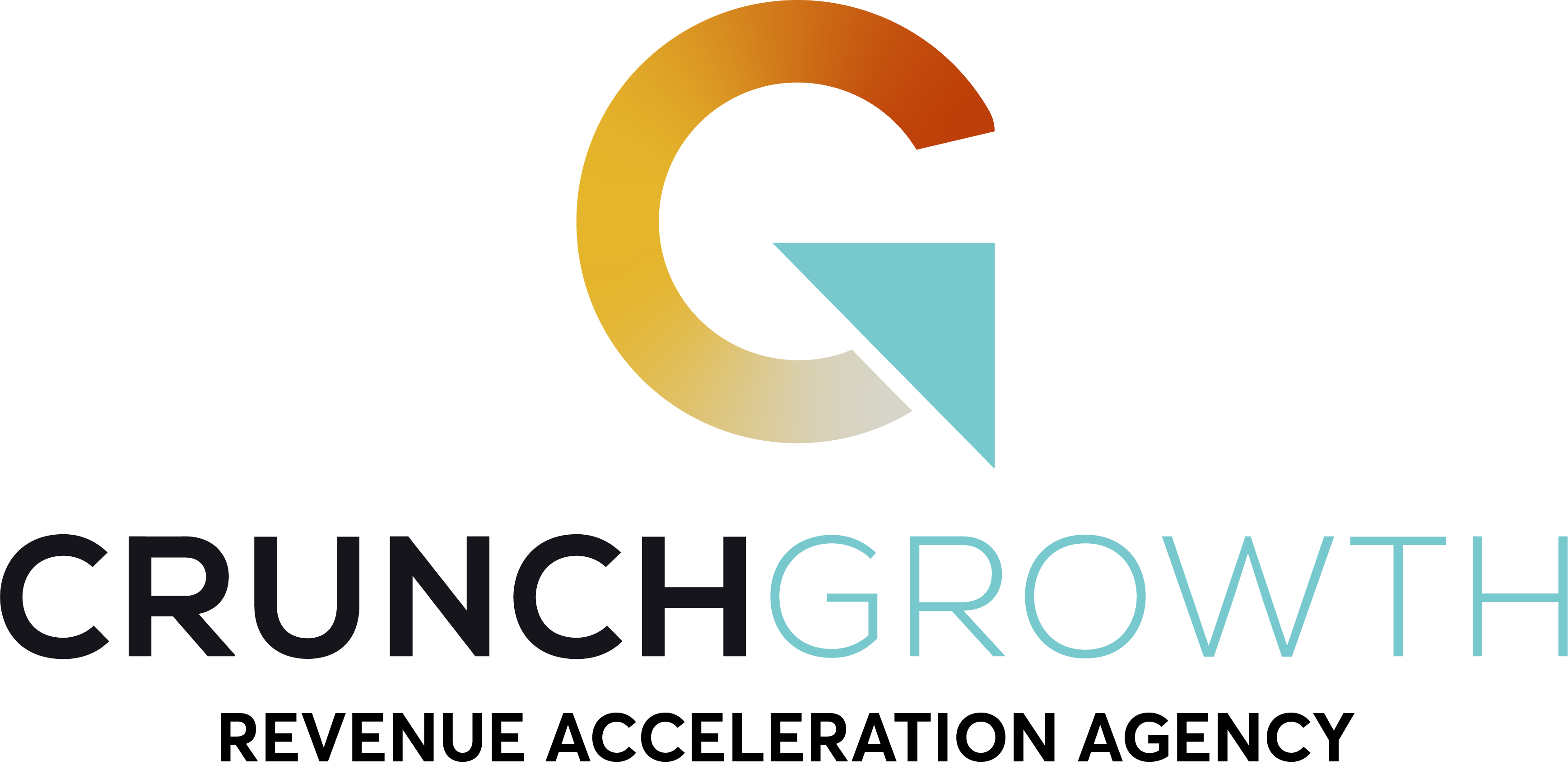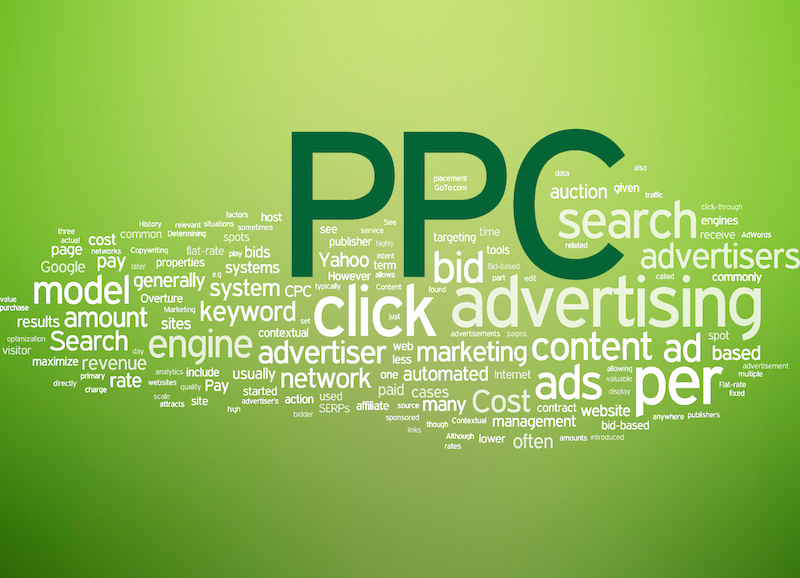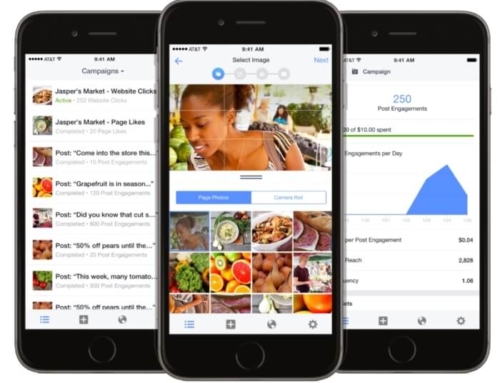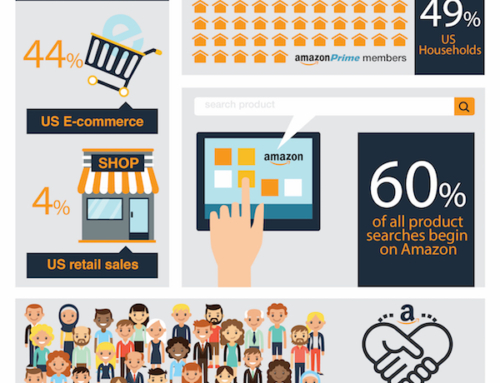The PPC Tips You Need To Succeed
I don’t claim to be an expert at Pay Per Click (PPC). But, I have learned a lot through trial and error over the years. I also keep in touch with other marketers and brands to share PPC tips.
And I stay on top of the continual changes Google makes to the algorithm.
Just like any business owner, I take away what I think will work well for my brands.
Here are some of my best PPC tips for other business owners.
Facebook PPC
Google Adwords is not the end-all-be-all of PPC. Obviously, Adwords should figure into any PPC strategy, but don’t put all your eggs in one basket. Facebook offers a lot of opportunities to get hyper-targeted ads in front of consumers thanks to myriad options to narrow your focus on specific demographics and psychographics.
Expanded text ads
One of the easiest PPC tips for any marketer.
With Adwords expanded text ads (ETAs), you basically get a wider text box that allows for 50% more ad space and includes room for two headlines (primary and secondary), as well as extended display URL path fields (where you can add keywords), and more.
I find it amazing when I still see the old format ads on search. This was such a great change, how could you not embrace it?
If you did not update your ads by the end of January 2017, you can no longer edit ads created in the old format. They’ll still appear, but you won’t be able to adjust them.
Use Geolocation settings
Whether you run a local business with online components or you’re simply catering to specific geographic regions (where your largest demographics reside, for example), Geolocation settings are a great way to narrow your focus and attract targeted click-through.
Any digital marketer will include this in their PPC tips. Ad extensions allow you to take up more real estate on the page. Use as many as you can.
Set your ad schedule
If you’re not familiar with the concept of dayparting, it has to do with controlling what time of day your ads should appear. When used in concert with tools like geolocation settings, you can exercise a good deal of control over the audience viewing your ads. Naturally, this strategy requires a lot of oversight to ensure you’re getting optimal results.
Get kooky with keywords
By now pretty much everyone is aware of the power of long-tail keywords, so where do you go from there when you want to cut costs and see click-through? Try to find new keyword niches. For example, if you sell retro glasses frames, you might want to use keywords like “geek-chic glasses”, which could cater to a very specific group of shoppers, like young, urban hipsters.
Target devices
It’s all about mobile these days, and even your PPC ads should reflect the trend. By optimizing for mobile and making sure to target mobile devices with your ads, you could see a major jump in click-through. You just have to make sure you’re not spending too much, which means honing your bidding strategy just as you normally would.
Testing
A/B and multivariate testing is a must if you want to make the most of every PPC campaign, so don’t neglect this important chance to get feedback on ads before you spend a ton of money on campaigns that might fail to deliver.
Pay attention to reviews
It’s true that having star ratings show up as part of your ads can help to boost interest and click-through, but you have to play it smart and pay attention. This only works if you get enough good reviews to temper negative ones, and let’s be honest – unsatisfied customers are a lot more likely to leave reviews than those that are merely satisfied. If reviews aren’t working in your favor, don’t use them.
Landing page load times
If landing pages a slow to load, you’re sure to see a marked increase in bounce rates. P.S. Google makes no secret of the fact that site speed has an impact on Ad Rank. So not only will slow load times result in potential consumer losses, but they could also end up increasing your cost-per-click.
Weed out non-humans
Spam bots are a problem for many businesses using PPC advertising. You can use barriers like CATPCHA on landing pages to weed them out, but you might want to try a method that won’t also impede real people.
Enter the honeypot. When you ask for verification of a human by way of an email address, include a hidden “test email” field. Humans won’t see it or fill it out, but spam bots will. As a bonus, you can then block spam IPs from seeing your ads.
PPC is still a major part of every marketers tool kit. But you cannot have a “set it and forget it” mentality.
Google is constantly changing the search algorithm and you need to change with it to be most effective. At Hound Dog Digital Marketing, we stay up to date on all of the changes to maximize our clients ROAS.












[…] amplify your reach and appeal to new audiences PPC, social media advertising and SEO should be an integral part of your advertising strategies. […]